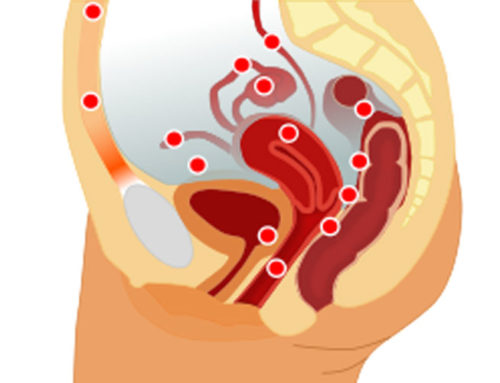The hormones most directly related to love, bonding, romance and sexual arousal can be remembered through the apt acronym POET: prolactin, oxytocin, estrogen and testosterone.
While both men and women respond to these hormones, they do so in different ways and with different results. There is currently a great article on Medscape on the topic, Miriam E. Tucker. Hormonal ‘POETry’ Key to Valentine’s Day Romance. Medscape. Feb 13, 2014 (note: to access the full article a medscape log in is required, but an account is free to set up and open to anyone over the age of 18).
If you don’t have time for the log-in, however, here is a quick run-down of the role these hormones can play in men and women.
Women:
Prolactin “generally has no effect on libido in normally cycling women, but it can suppress sexual desire when levels are too high, such as in women who are breastfeeding, have prolactin-producing tumors, or are taking medications that affect dopamine pathways.”
Oxytocin, “the ‘cuddly hormone,’ induces uterine contractions and facilitates milk ejection after childbirth. Elevated levels appear during orgasm, but its role in female sexual desire isn’t as clear as it is with men.”
Estrogen “directly affects vaginal engorgement and lubrication, and it regulates female genital tissues’ “receptivity” to sexual activity.”
Testosterone ” also correlates with female sexual desire and satisfaction.”
Men:
Prolactin “likely is responsible for the immediate decline in sexual desire and the onset of sleepiness following orgasm” and may be an indicator of satiety.
Oxytocin “recent studies suggest that oxytocin in men increases their empathy for and speed of response to facial expression cues; increases activity in brain areas associated with arousal, reward, memory, and social bonding ; and increases their willingness to share emotions.”
Testosterone, contrary to popular belief “high testosterone levels do not correlate with sexual function. However…small decreases in testosterone can affect sexual desire and satisfaction, as can visual cues and relationship issues.”
This blog post comes courtesy of Dr. Serena McKenzie.
























